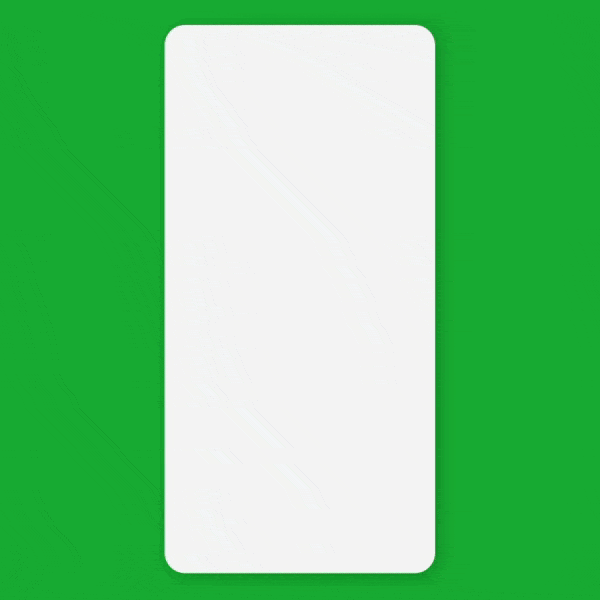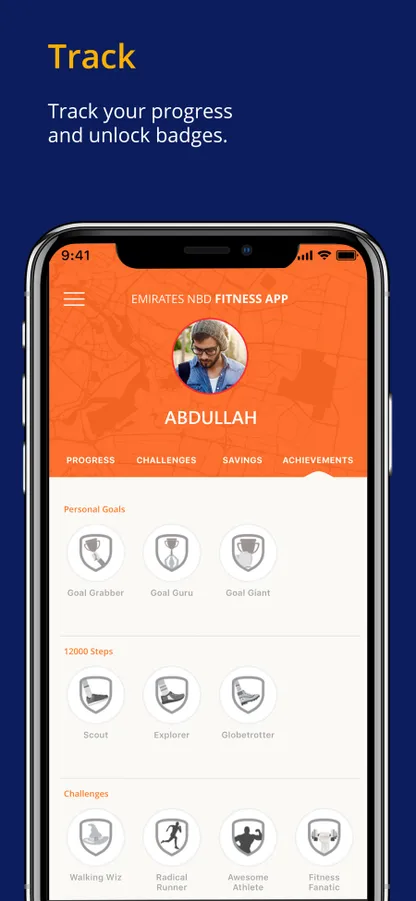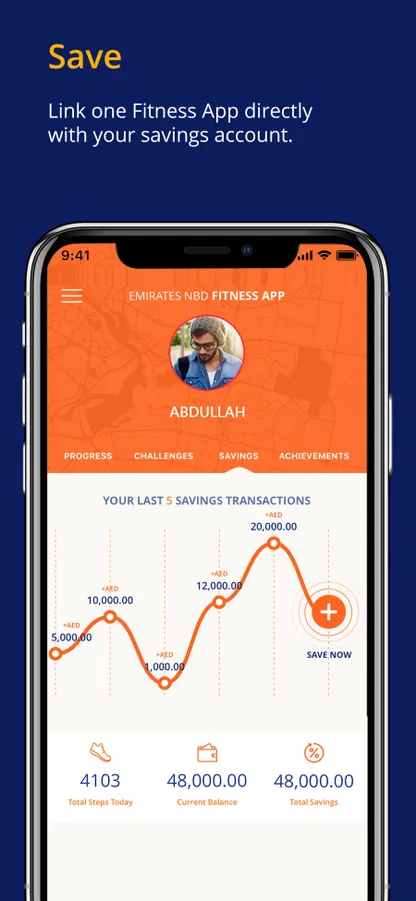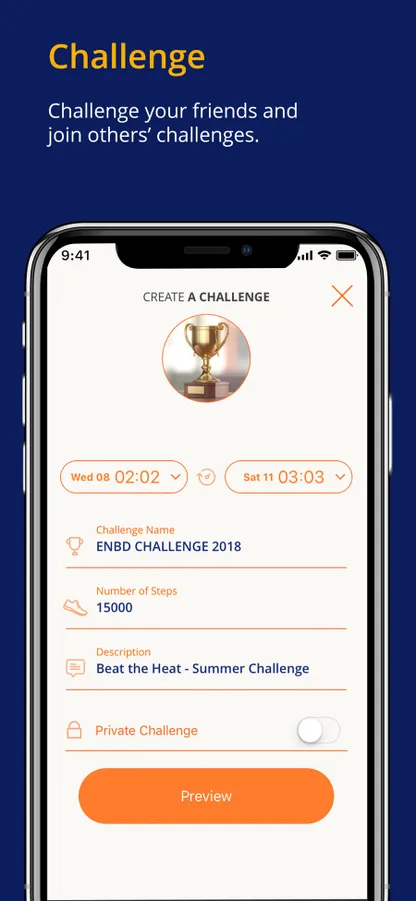In this issue, we will explore how gamification can boost your marketing in a fun and interactive way.
Gamification is the use of game elements and mechanics in non-game contexts. Gamification can help you increase user engagement, generate leads, collect data, improve customer satisfaction, and drive sales. Sounds exciting, right? Let’s dive in and see how some brands in the MENA region have used gamification to achieve their marketing goals.
But before we do that, let’s start with a riddle of the day:
What is the name of the game that revolves around finding hidden objects or solving puzzles in a limited time? It often takes place in a themed room?
Think you know the answer? Keep reading to find out!
Marketing term of the day: Gamification
Gamification is a marketing strategy that applies game design principles and techniques to non-game situations. Where the purpose is to motivate and engage users to perform actions or behaviours that would benefit the brand. Gamification can take many forms, such as quizzes, challenges, leader-boards, badges, rewards, points, levels, etc.
Gamification works because it taps into human psychology and emotions. It triggers an innate desire for competition, achievement and recognition creating a sense of immersion that keeps us wanting more. It can also increase user loyalty and retention by creating a sense of community and belonging among users.
Gamification can be used for various marketing objectives, such as:
- Attracting new customers and increasing brand awareness
- Generating leads and collecting user data
- Educating users about the product or service
- Increasing user engagement and time spent on the website or app
- Enhancing user experience and satisfaction
- Encouraging referrals and word-of-mouth
- Driving sales and conversions
- Increasing customer loyalty and retention
Gamification can be applied to any type of business, as long as it’s relevant and aligned with the brand values. Here are some examples of how gamification has been used by brands in the MENA region.
Case study 1: Careem Rewards
Careem is a leading ride-hailing app in the MENA region that offers various services such as car booking, food delivery, bike rental, etc. In 2019, Careem launched Careem Rewards, a gamified loyalty program that rewards users for every ride they take with Careem.
Careem Rewards allows users to earn points for every dirham they spend on Careem services. Users can redeem their points for free rides, discounts on partner brands, donations to charities, or access to exclusive offers and events. Users can also level up their status from Blue to Gold to Platinum by earning more points and unlocking more benefits.
Careem Rewards is a successful example of gamification that increases customer loyalty and retention by offering users value-added rewards and incentives. It also creates a sense of achievement and recognition by allowing users to track their progress and status on the app. Careem Rewards also enhances user experience and satisfaction by providing users with more choices and options to use their points.
Case study 2: MBC Group’s The Voice App
MBC Group is a leading media company in the MENA region that produces and broadcasts various TV shows and channels. One of its most popular shows is The Voice, a reality singing competition that features aspiring singers from different Arab countries.
MBC Group created The Voice App, a gamified mobile app that allows users to interact with the show in real time. The app enables users to vote for their favorite contestants, play quizzes and trivia games related to the show, watch exclusive videos and behind-the-scenes content, chat with other fans, and win prizes.
The Voice App is a successful example of gamification that increases user engagement and interaction with the show by offering users fun and immersive activities. It also generates buzz and word-of-mouth by encouraging users to share their opinions and experiences on social media platforms. The app also collects user data and feedback that can help MBC Group improve its content and marketing strategies.
Case study 3: Emirates NBD Fitness Account
Emirates NBD is a leading bank in the UAE that offers various financial products and services. In 2016, Emirates NBD launched Fitness Account, a gamified banking product that rewards users for staying fit and healthy.
Fitness Account is a savings account that allows users to earn higher interest rates based on their physical activity levels. Users can link their Fitness Account to their fitness tracker device or app (such as Fitbit or Apple Health) and earn interest rates up to 2% per annum based on the number of steps they take per day. Users can also set fitness goals and track their progress on the Emirates NBD mobile app.
Fitness Account is a successful example of gamification that motivates and incentivizes users to adopt a healthier lifestyle by offering them financial rewards. It also creates a sense of challenge and achievement by allowing users to set and monitor their fitness goals. Fitness Account also enhances user experience and satisfaction by providing users with a unique and innovative banking product that aligns with their values and interests.
Did you guess the answer to the riddle?
The name of the game that involves finding hidden objects or solving puzzles in a limited time, often in a themed room, is escape room.
Escape rooms are a type of gamified experience that have become very popular in recent years. They are immersive and interactive games that require teamwork, creativity, and problem-solving skills. Escape rooms can also be used for marketing purposes, such as creating brand awareness, generating leads, or promoting a product or service.
We hope you enjoyed this issue of MENA Review and learned something new about gamification in marketing. Stay tuned for our next issue, where we will explore another exciting marketing topic. Until then, happy gaming!









